
How to recognize the symptoms of torn meniscus?
Meniscus is a C-shaped part of the knee joint that dividesthe joint cavity. Each knee has two menisci, the lateral and the medial, whichare responsible for the strength and stability of the knee when under somepressure. If there weren’t meniscus, the weight of the body would not be distributedevenly, and some areas would be under greater pressure than others.
Meniscus is very prone to injuries, and one of the mostfrequent types is torn meniscus, which usually happens when the knee is injuredand in case of a torn cartilage. Practically any activity that requirestwisting or rotating the knee in a forceful manner might lead to the tornmeniscus. Traumatic injuries to the knee might also result in meniscus tear. Olderpeople are even more prone to this injury, due to the degenerative changes thataffect their bones and joints, as well as because of years of wear and tear onthe knees. Athletes are also much more prone to the injury in question, butin their cases, this injury usually accompanies injuries such as torn anterior cruciateligament, or medial collateral ligament, for example. Pain and swelling are inevitable, but they are not enough tosuspect of this kind of injury. Popping or clicking in the knee, as well astenderness and limited motion of the joint in question help in diagnosingmeniscus tear. It will probably be painful to straighten the knee, as well asto walk.
The treatment of torn meniscus
Besides physical examination, tests such as X-rays and MRImight be necessary to confirm the diagnosis, and depending on the severity ofthe injury and on the cause, the treatment will be suggested. Resting and avoidingevery activity that might aggravate the symptoms are of crucial importance, andfor relieving the pain and swelling medications will be suggested. Cold packs shouldbe applied (but not directly) and held for some 15 minutes, but this should berepeated five times a day (at least for the first two days). Some cases might requirethe use of particular orthotic devices, either in the form of shoe inserts orarch supports, and besides this, there are certain exercises that will help inmaking the muscles around the knee stronger and more stabile. Surgery as amethod of treatment will be recommended only in the cases in which so farmentioned methods do not give any positive results, and the symptoms remain.




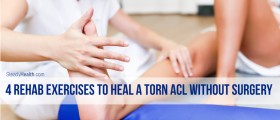
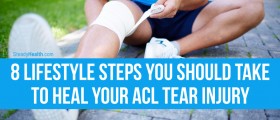


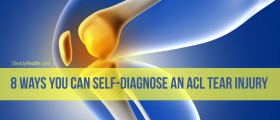
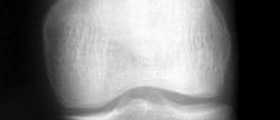
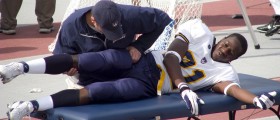
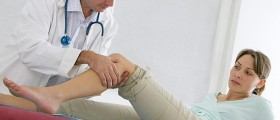

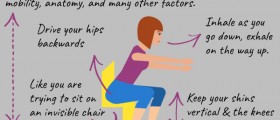



Your thoughts on this
Loading...